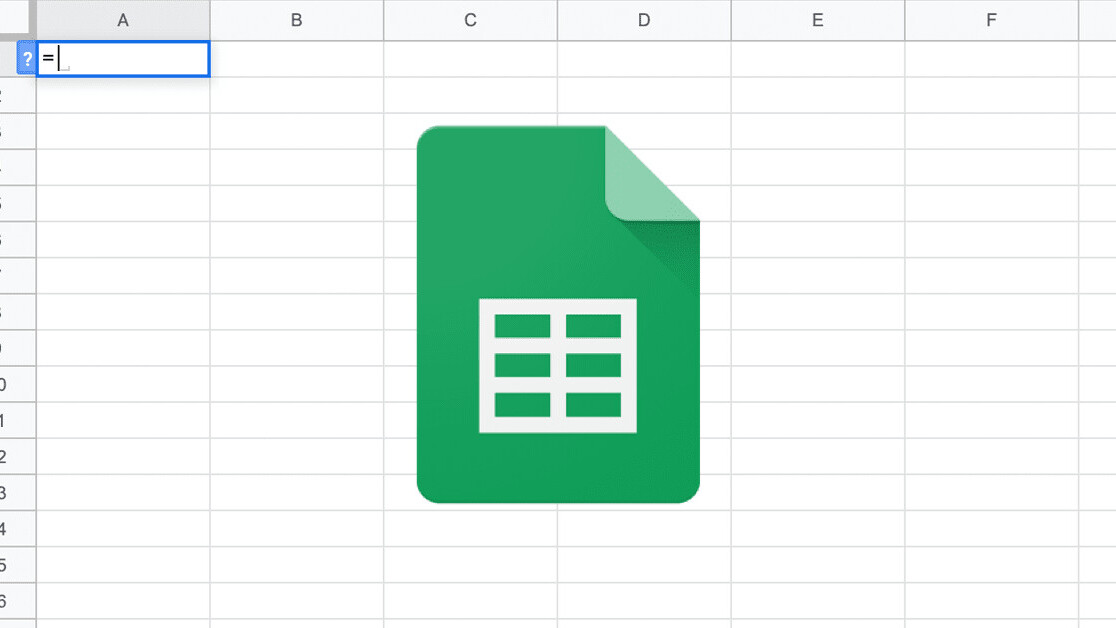
Welcome to TNW Basics, a collection of tips, guides, and advice on how to easily get the most out of your gadgets, apps, and other stuff.
“Compound interest is the eighth wonder of the world. He who understands it earns it… he who doesn’t… pays it,” Albert Einstein once said. For those who aren’t financial gurus, allow me to put this quote in layman’s terms: everyone who’s able to save up a little, and is patient enough, can get wealthy. It’s not how celebrities get rich, it’s how the millionaire next door gets born.
So how does it work?
To become this achievable millionaire next door, you don’t have to win the lottery, or have an IQ as high as Einstein’s. All you have to understand is one investment concept called compound interest, and of course make it work for you.
It works as follows. Say you invest $1000 in the broader market, using a relatively low-risk index fund (a basket of a broad range of stocks) such as the S&P 500 or an even more diversified total world stock market index fund, and you gain 8% in a year on capital gains and dividends (sort of the average annual return). After a year, your capital has grown from $1000 to $1080. Your profit is $80 after the first year.
Now let’s say you choose to keep the $1080 invested (including reinvesting the dividends). After the second year the $1080 grows another 8% (again, this is hypothetical, as the annual return fluctuates) to $1166.40, meaning your annual profit has gone up from $80 to $86.40.
Your money is growing faster because you’re not just growing your principal of $1000, but also last year’s earned interest of $80. You’re making interest on interest, in other words compound interest. On average your yearly earnings will grow, just by keeping it invested, and thus making it work for you.
How can we simulate this?
The main ingredients for generating compound interest are:
- Investing money, preferably adding a steady amount each month. This is called dollar-cost averaging, and prevents you from going all in at the wrong time (i.e. the market’s low).
- Time, lots of time, for your money to grow by reaping the benefits of compound interest generated by the market. You’re aiming for the so-called hockey stick effect to kick in, which means the longer you let your money work, the faster it rises.

That’s all there is to it. So you’re probably wondering what would happen if you actually put aside say $500 a month for say 30 years, while the market’s 8% average return would continue to occur. Well, we’ve created a template for you just for that.
All you have to do is head over to the Google Sheet document, make a copy of it for yourself by heading to the menu and hitting File -> Make a copy. Then, change the main parameters on the right under ‘Capital already invested’ if you already have money invested in the market, ‘Extra savings invested per month’, and optionally tweak the ‘Average monthly return’ to increase the annual return (in red) if you expect a lower or higher annual return than 8%.
So there you have it. Money doesn’t necessarily just have to be for the few, as long as you have patience and perseverance.
Get the TNW newsletter
Get the most important tech news in your inbox each week.





